In Hindi, pumpkin is called kaddu but the universal word pumpkin comes from the British Pumpkin which came from the British Pumpion which came from the French word Pompon, which came from the ancient Greek word Pepon which was also a word for a large melon. The American tourists changed it to pumpkin which is the word used today.
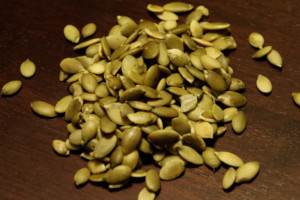
Pumpkins are very versatile in their uses for cooking. Most parts of the pumpkin are edible, including the fleshy smell, the seeds, the leaves and even the flowers. Pumpkin seeds, also known as pepitas, are edible and excellent nutrient -rich snack and can be easily found in grocery stores all over the world. In the United States and Canada, pumpkin is a popular Halloween and Thanksgiving staple often made in a pie or a dessert cheesecake.
In the Middle East, pumpkin is used for sweet dishes; a well-known sweet delicacy called halawa yaqtin. In India, pumpkin is cooked with butter, sugar and spices in a popular dish called kaddu ka halwa. Pumpkin is also used in South Indian cuisine for preparing sambar. In India, pumpkin finds itself being used in vegetable curries as well as a masala sabzi like aloo bhaji during Navratri. In Thailand, small pumpkins are steamed with custard inside and served as a dessert. In Vietnam, pumpkins are commonly cooked in soups with pork or shrimp. In Italian cuisine, it is used along with some cheeses as a savoury filling with ravioli. In Japan, small pumpkins are served in savoury dishes, including tempura. In Australia and New Zealand pumpkin is often roasted along with other vegetables and served as an accompaniment to roast meats. In the South- the western United States and Mexico, pumpkin flowers are popular and are used either for garnishing or dunked in a batter and deep-fried.

Pumpkins are generally carved into decorative lanterns called Jack-o-lanterns for Halloween season in North America. The oldest evidence, pumpkin-related seeds dating between 7000 and 5500 BC, was found in Mexico. Today pumpkins are grown all around the world for a variety of reasons ranging from agricultural purposes (such as animal feed) to commercial and ornamental sales. Of the seven continents, only Antarctica is unable to produce pumpkin; the biggest international producers of pumpkins include the United States, Canada, Mexico, India and China. As one of the most popular crops in the United States, 1.5 billion pounds of pumpkins are produced each year. The top pumpkin-producing states are Illinois, Indiana, Ohio, Pennsylvania and California.
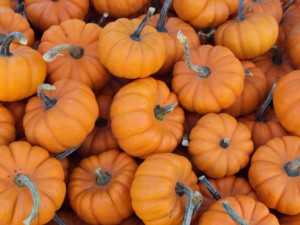
Nutrition and benefits
In a 100-gram amount, raw pumpkin provides 26 calories and an excellent source of pro-vitamin A beta-carotene and vitamin A (20% or more of the daily value). Vitamin C is present in a moderate amount and no other nutrients are in significant amounts. Pumpkin is 92% water, 6.5% carbohydrate, 0.1% fat, and 1% protein. However, pumpkin seeds are a great source of protein, minerals, vitamins and omega-3 fatty acids. Because the vegetable is low in calories and rich in dietary fibre, it is one of the food items recommended by dietitians in cholesterol controlling and weight programmes.
A cup of cubed pumpkin contains almost twice the recommended daily intake of vitamin A, which promotes good vision, especially in dim light. It has also found to slow the decline of retinal function in those with retinitis pigmentosa, a degenerative eye disorder that can lead to blindness, as per researchers from Harvard. And as a bonus vitamin A also helps form and maintain healthy skin, teeth and bones.
Pumpkin seed oil is full of Phyto-oestrogens, which research shows are beneficial for preventing hypertension. Pumpkin seeds are rich in trypot-phan, the amino acid that contributes to helping the body make serotonin, the feel-good neurotransmitter that helps you relax and unwind. Not only do pumpkin seeds promote better sleep but the serotonin will improve your mood as well.
So, pumpkin laced desserts and lattes won’t quite cut it for a healthier you, but it will certainly make you feel happy and give you a smile, but , adding pumpkin chunks to your roasted vegetables medley, or a healthy soup, or a sprinkling pumpkin seeds with your daily breakfast cereal or your salads or a healthy pumpkin energizing smoothie every morning will perk you up and you will see a healthier you new year is approaching and the party season starts soon, and we all have to fit into those shimmering sexy new clothes so start the pumpkin binge, have it for breakfast, lunch and dinner- get innovative.
Did you know?
The American pilgrims were known to make pumpkin beer. They fermented a combination of pumpkin, persimmons, hops and maple sugar to make this early colonial brew.
In early colonies, pumpkin shells were used as a template for haircuts to ensure a round and uniform finished cut. Because of this practice, New Englanders were sometimes nicknamed “pumpkin heads”.
Stay tuned for recipes with pumpkin.
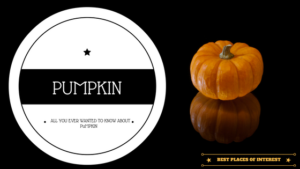
PIN IT FOR LATER

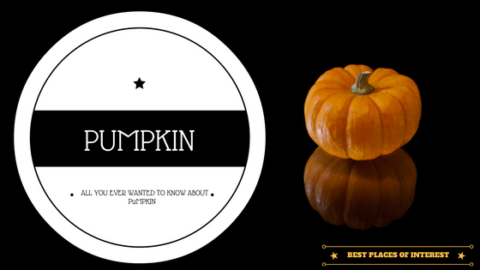
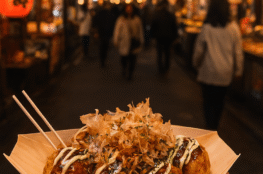
December 5, 2016
Quite interesting facts about Pumpkin, especially the evolution of its name and how each part of it can be used 🙂
December 6, 2016
Thank you, Hargun. Your words of appreciation are an inspiration to me for writing better posts. 🙂
December 6, 2016
Great posts – love it!
December 6, 2016
Thank you. 🙂